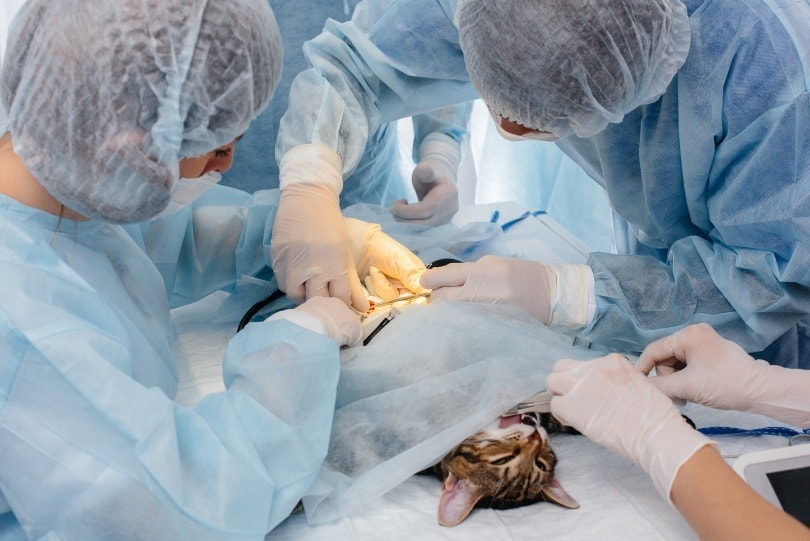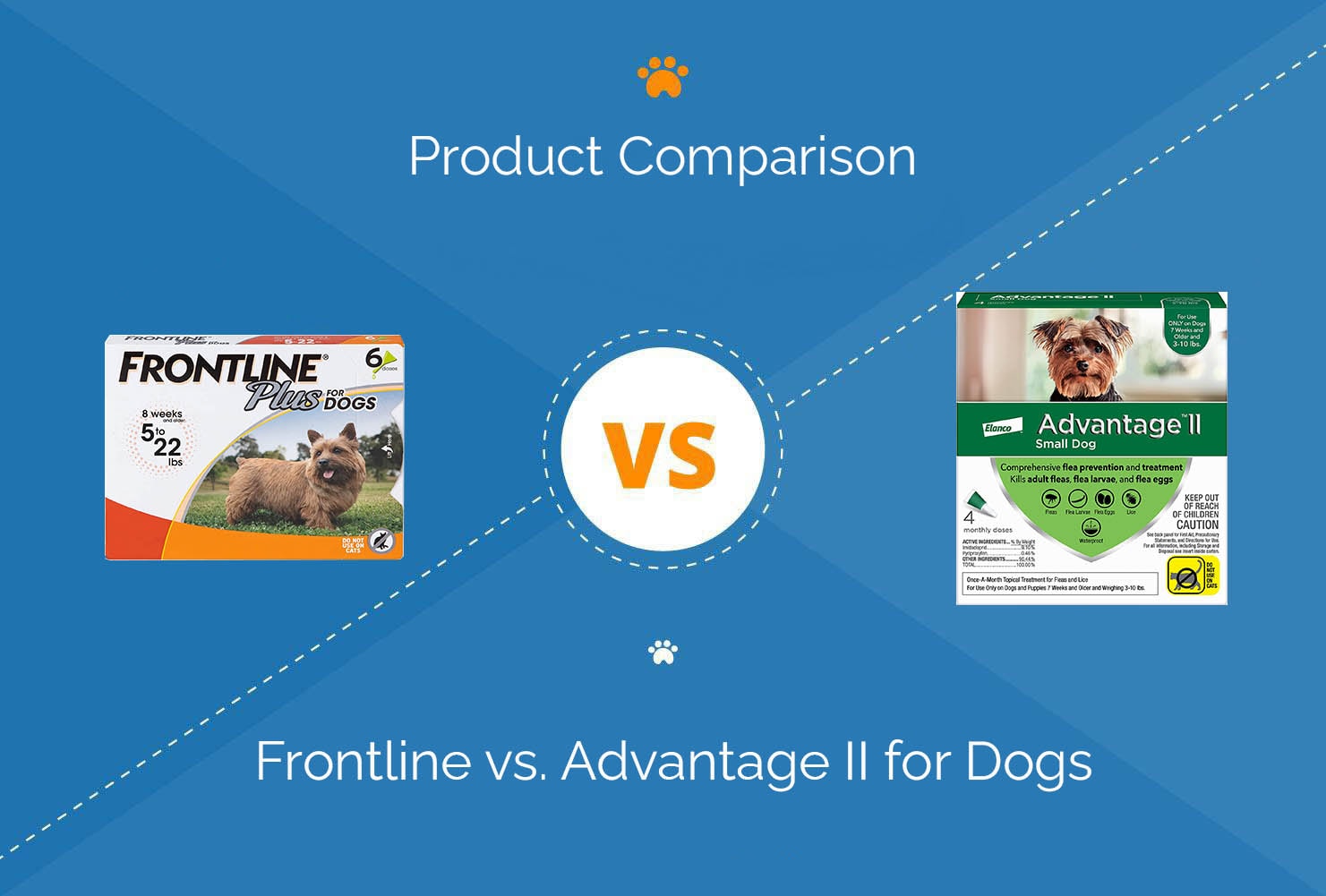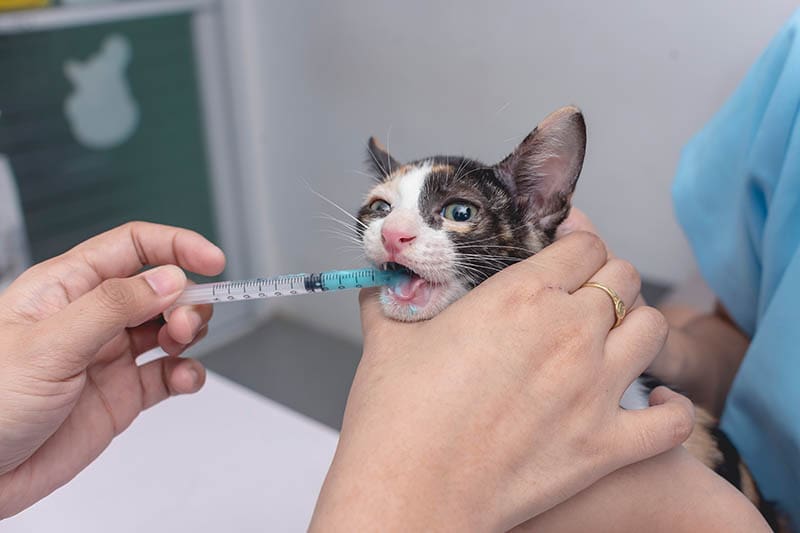Retained Placenta in Dogs: Vet Explained Signs, Causes & Care
Updated on
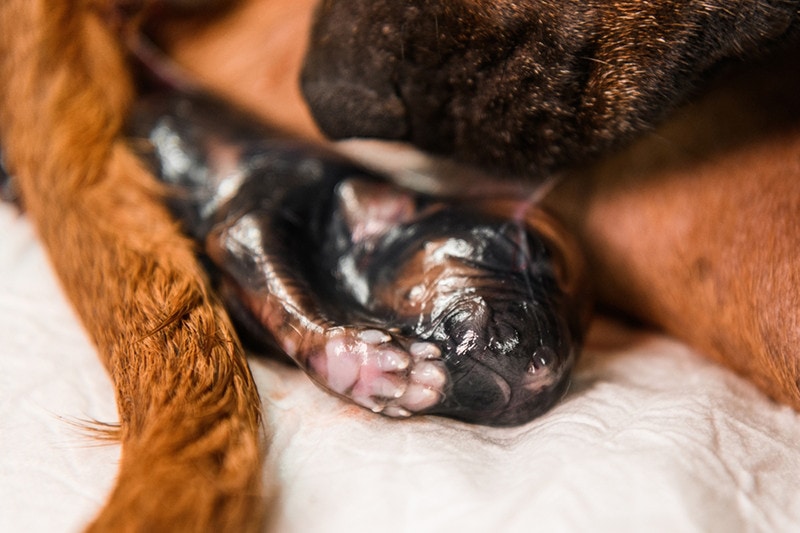
Click to Skip Ahead
While labor in dogs is usually straightforward without complications, there are a few conditions dogs may more commonly develop. One of these is retained placenta, which can be tricky to identify at home with confidence. To help you, we’ve gathered everything you need to know about retained placenta in dogs in one place.
What Is Retained Placenta in Dogs?
The placenta is the attachment between the mother and a puppy in the uterus. It collects blood to funnel nutrients to the umbilical cord and to the puppy. Each puppy has their own placenta when developed normally.
During labor, the placenta for each puppy should be expelled within 15 minutes of the birth of that puppy. A retained placenta is one that takes longer than that to expel and therefore stays inside the uterus leading to infection.
What Are the Signs of Retained Placenta in Dogs?
A retained placenta seeds infection inside the uterus since it is retained dead tissue. The first sign of a retained placenta that owners may notice is persistent green vaginal discharge after labor which will likely have a foul odor.
As infection sets in and worsens, other signs that may develop are lethargy, inappetence, vomiting, poor care for puppies, fever, and even collapse and death.
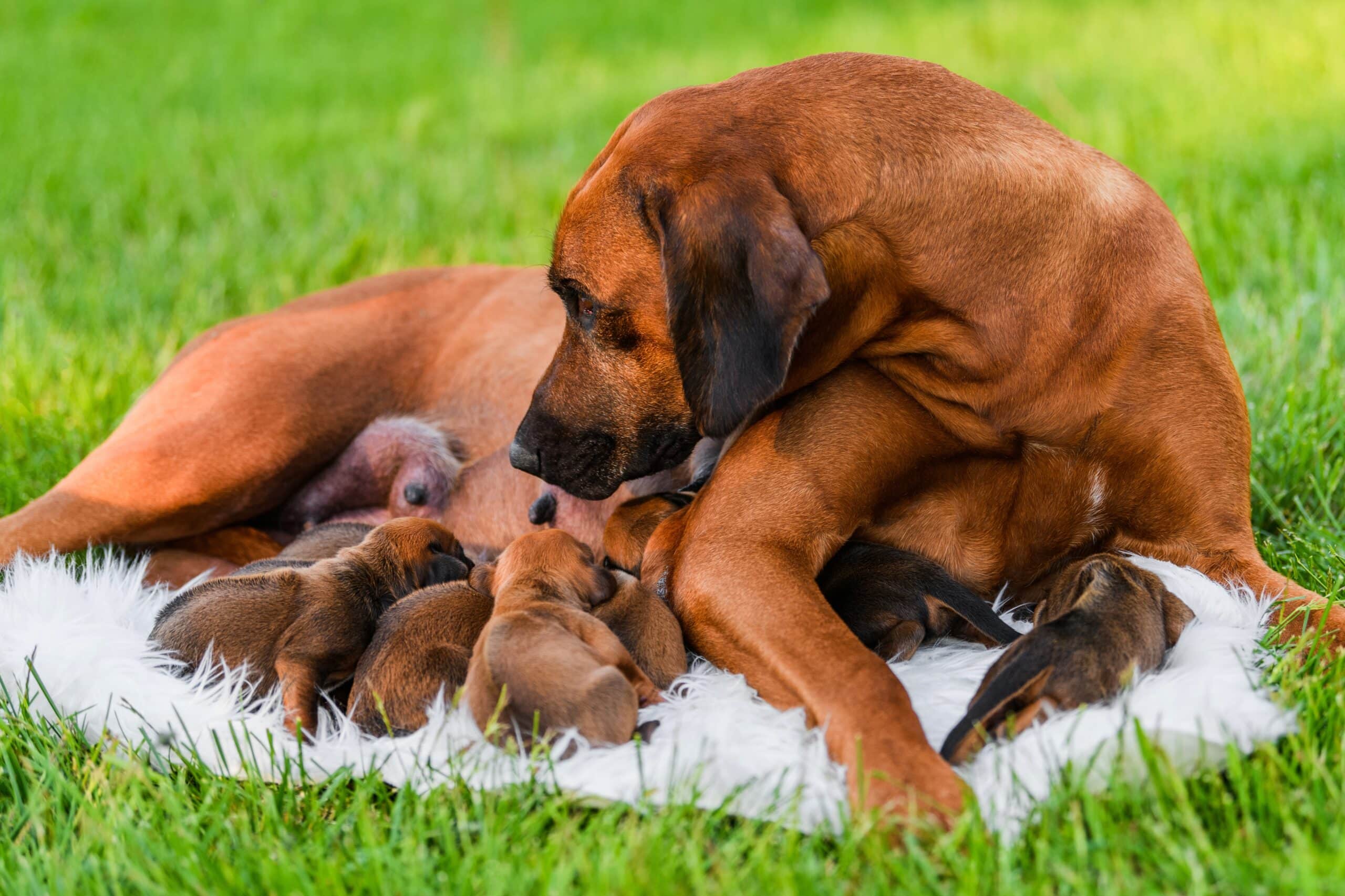
What Are the Causes of Retained Placenta in Dogs?
The cause of a retained placenta isn’t always known. Other traumas or complications during labor can predispose a mother to a retained placenta, as can having a large litter. Certain dog breeds may be more prone to retaining a placenta, but this is not fully documented or understood.
How Is Retained Placenta Diagnosed in Dogs?
The first step in diagnosis is usually noticing signs of a retained placenta from home. Bringing these to the attention of a veterinarian can allow them to examine a dog’s reproductive tract, perform blood work, X-rays, and an ultrasound to confirm the presence of a retained placenta and to rule out other complications.
On examination, a veterinarian may note vaginal discharge with a foul odor and may palpate the abdomen for signs of pain, a retained fetus, blood, or other complications.
Retained fetuses can present with the same signs as a retained placenta until the tests are run, and the two may have different treatments, so it is important to correctly identify the problem.
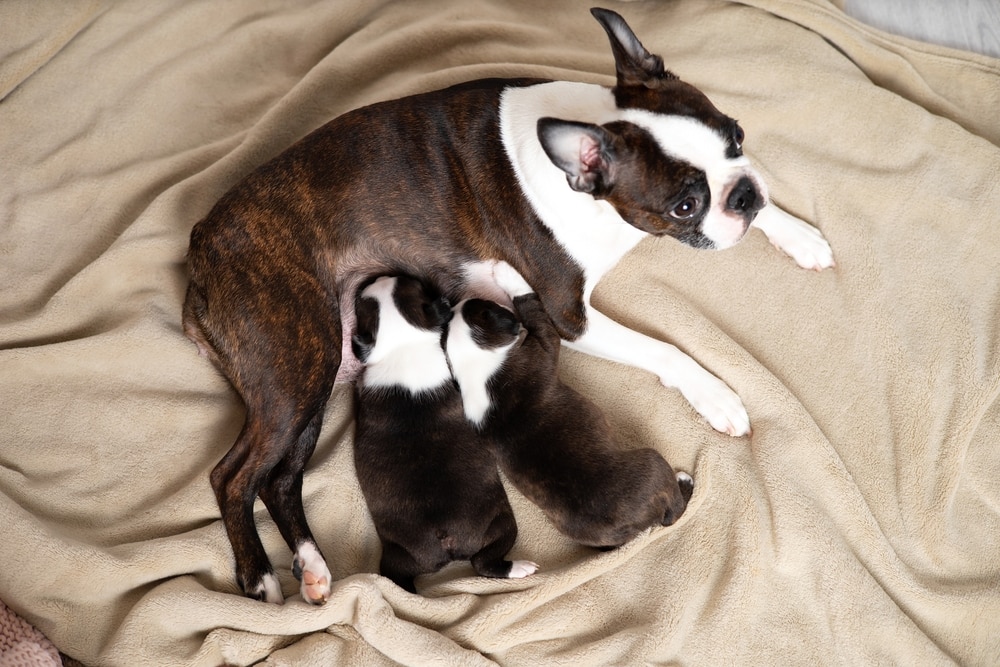
How Is Retained Placenta Treated in Dogs?
Dogs with a retained placenta usually need to be given medication to help them expel the placenta. This can be oxytocin, which is most readily available at vet clinics, or prostaglandin F2alpha (PGF2a), which is the preferred medication in dogs with a retained placenta for over 24 hours. These medications cause uterine contractions that can help finish expelling anything the dog didn’t expel on their own during labor, such as a retained placenta.
Most dogs with a retained placenta will also need antibiotics to treat infection and supportive care such as fluids and possible nausea medication depending on how sick they are. It is not uncommon to need to hospitalize these dogs for a day or so though it is avoided when possible, so puppies aren’t either separated from their mom or exposed to the disease in the clinic.
In severe cases that now have a significantly infected uterus or did not expel the placenta after medication administration, spaying the dog may be necessary though this is usually a last resort.
How Do I Care for a Dog With Retained Placenta?
Puppies can be allowed to continue to nurse in less severe cases though this can sometimes impact medication choices for treatment in the mother.
For dogs sent home with oral antibiotics, be sure to finish giving the full course of medication and notify your veterinarian if they are causing an upset stomach since it is important that nursing dogs continue to eat well.
Discharge is normal for several days to weeks after labor but should no longer be green or have an odor if treatment is effective. It is important to monitor the recovery of your dog and note any continued signs of complications from a retained placenta.

Frequently Asked Questions
Q: I came home and my dog gave birth, but I didn’t see any placentas. Does this mean they’re all retained?
Dogs will usually eat the placenta from each puppy immediately after birth. Optimally you would be home during labor to count each passing placenta, but labor doesn’t care about everyone’s work schedule. Since the mother eats the placenta so quickly, if you aren’t vigilant and present during the entire birth and able to always see if a placenta passes, lack of the correct number of placentas does not necessarily mean they are retained.
If you weren’t there to see it pass, it is best to watch your dog closely for the next day for signs of green vaginal discharge or discharge with a foul odor.
Q: Can a dog survive retained placenta?
A dog that does not receive treatment for a retained placenta will not likely survive, but the prognosis is good if timely treatment is pursued.
Q: Can a retained placenta cause sepsis in dogs?
Yes, it can. Metritis is inflammation and infection of the uterus and sepsis is a generalized infection for the whole body through the blood. Both can occur in cases of retained placenta if it isn’t treated.
Conclusion
Retained placenta is one of the more common possible complications from labor in dogs. While green discharge is normal early in labor, green discharge after labor is not and is the common first sign of retained placenta in dogs, especially if it smells bad. Dogs suspected to have retained placenta should be brought to the vet with their puppies for treatment immediately.
Featured Image Credit: olgagorovenko, Shutterstock



